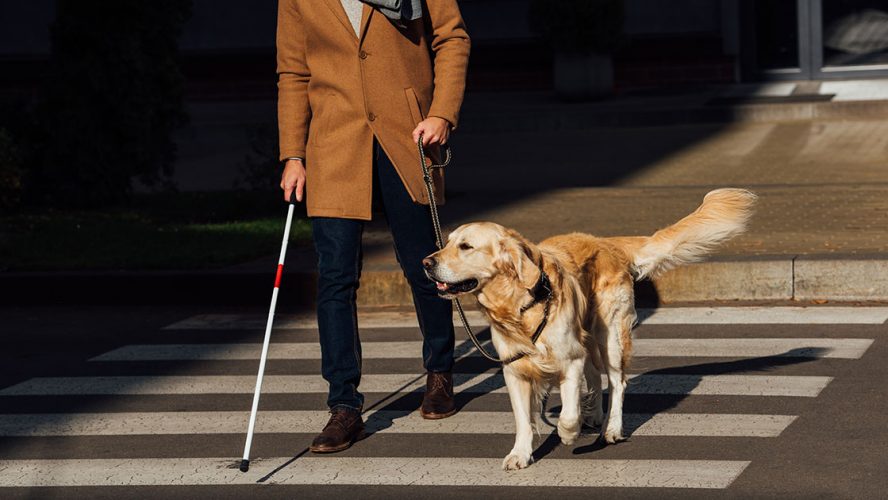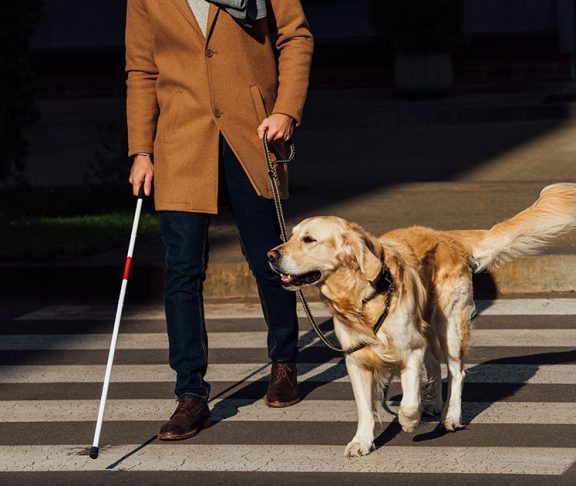
Dr. L. Penny Rosenblum
Director of Research, American Foundation for the Blind
The American Foundation for the Blind (AFB), along with 19 other organizations, quickly realized that in order to support adults who are blind or low vision during this pandemic, we needed to better understand their experiences.
This collaboration led to the April launch of the Flatten Inaccessibility survey. There were 1,921 usable surveys gathered from adults with vision loss from all across the nation. Participants shared their concerns about topics including technology, healthcare, transportation, employment, social experiences, and more.
Findings found that people were concerned about:
- Shopping online: Many online shopping and delivery apps were not fully accessible to those with vision loss. When they were accessible, there were often no delivery slots available.
- Drive-ups, drive-throughs, and curbside pickup: The use of drive-up sites for COVID-19 testing, curbside pick-up for shopping, and drive-through restaurant pick-up present nondrivers with the added challenge of how to “get wheels” to comply with social distancing methods.
- Isolation: Many participants found they were more isolated than their sighted peers, even if it meant seeing someone on a screen or out their window. Many participants hadn’t had contact with others in weeks.
- Access to healthcare (for non-COVID-19 issues): Non-emergency healthcare access has been restricted in many communities. For those with vision loss who require frequent monitoring or treatment for their eye condition, this results in high anxiety and, in some instances, reduced vision.
- Working from home: There was new technology to learn, a home office to set up, and challenges getting connected to secure networks. Unlike sighted employees, many participants ran into accessibility obstacles, from new software to training materials. These blind or low vision employees dealt with diminished productivity because they didn’t have access to the same tools and supports at home that they did in the workplace.
- Getting around: Public transportation, paratransit, rideshare services, and taxis all presented unique challenges. Many expressed anxiety about safety and cleanliness (e.g., not being able to see if a rideshare driver is wearing a mask, how to social distance on a bus).
Reason for hope
Yet the news was not all bad. Participants were rising to meet some of these challenges. Some were using Aira or Be My Eyes, services that allow a user to connect with a paid agent or volunteer to access websites or apps, get information about where a seat was on the bus, or get assistance while looking for a package left on the porch.
Many were reaching out to old contacts, some of whom they had not talked to in a long time, and reestablishing connections. For others, COVID-19 resulted in learning how to use telehealth tools to connect with healthcare workers.
The data analysis team posted these initial findings and more on the Flatten Inaccessibility website at flatteninaccessibility.com.
There are no easy answers. As one participant stated, “We keep thinking we can outwit this thing, and that things will ‘go back to normal.’ Let’s overwrite ‘normal’ and use this opportunity to make it BETTER for us. Lemons to lemonade.”
We encourage you to engage in self-care, to stay in touch, and reach out to others, because none of us can do this alone.

